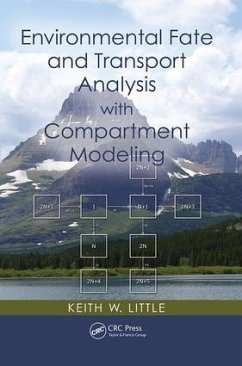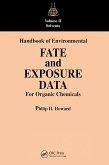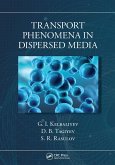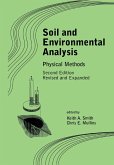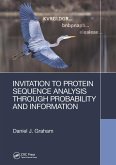Environmental Fate and Transport Analysis with Compartment Modeling explains how to use the powerful, highly flexible, and intuitive compartment approach to estimate the distribution of chemical contaminants in environmental media in time and space. Add this Easy-to-Use Approach to Your Environmental Modeling Toolbox This numerical technique enables readers to easily develop the equations that describe complex environmental problems by assembling the equations out of compartmental building blocks. The compartments may describe spatial subunits of single- or multi-environmental media, and the way one hooks them together implicitly provides the dimensionality of the problem. With this approach, assembling the equations to describe chemical fate and transport in a three-dimensional, multimedia system is fundamentally no more challenging than a one-dimensional, single-medium problem. Go Beyond "Black Box" Modeling with the Flexible GEM Software The book includes access to the Generic Environmental Model (GEM), a new software package developed by the author. This software implements the compartment approach based on user-prepared input files and solves the resulting mathematical equations. It allows readers to solve linear, nonlinear, and steady-state problems and offers four methods for solving dynamic problems. Each solution technique is reviewed, along with the error properties and the criteria for avoiding or minimizing numerical errors. The book also describes solution techniques and the underlying mathematical theory for solving nonlinear systems. Compartment Modeling from the Ground Up, Made Accessible to Non-Mathematicians A user-friendly introduction to environmental compartment modeling for the beginning modeler, this is also a useful resource for the experienced modeler. It combines a reference on compartment modeling with a user's guide to the GEM. Throughout, the GEM is used to illustrate the theory with numerous examples, while the theoretical discussions illuminate the GEM's functionality.
Hinweis: Dieser Artikel kann nur an eine deutsche Lieferadresse ausgeliefert werden.
Hinweis: Dieser Artikel kann nur an eine deutsche Lieferadresse ausgeliefert werden.

